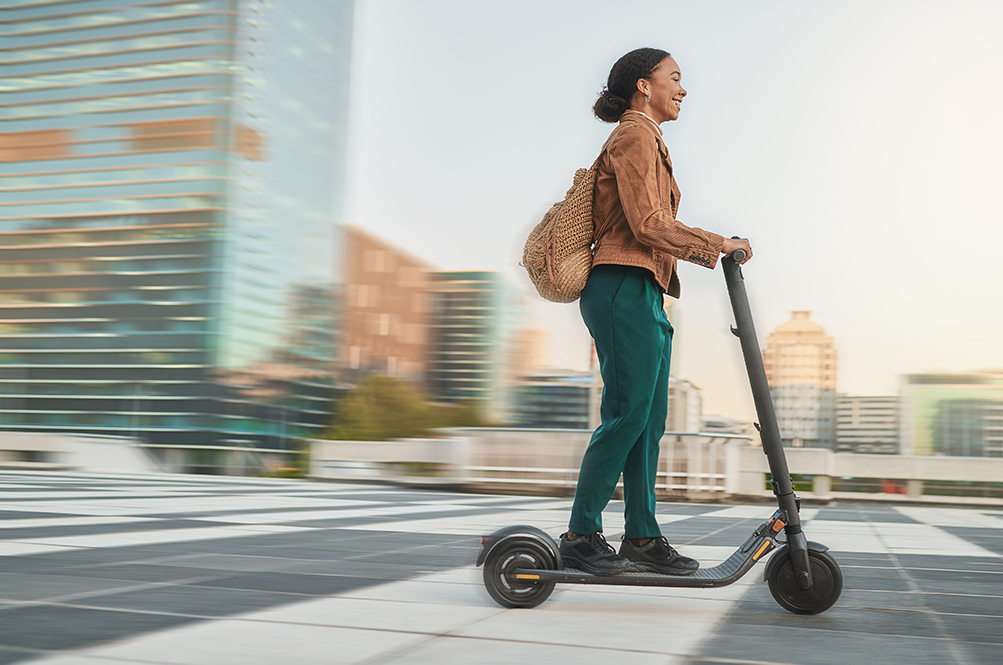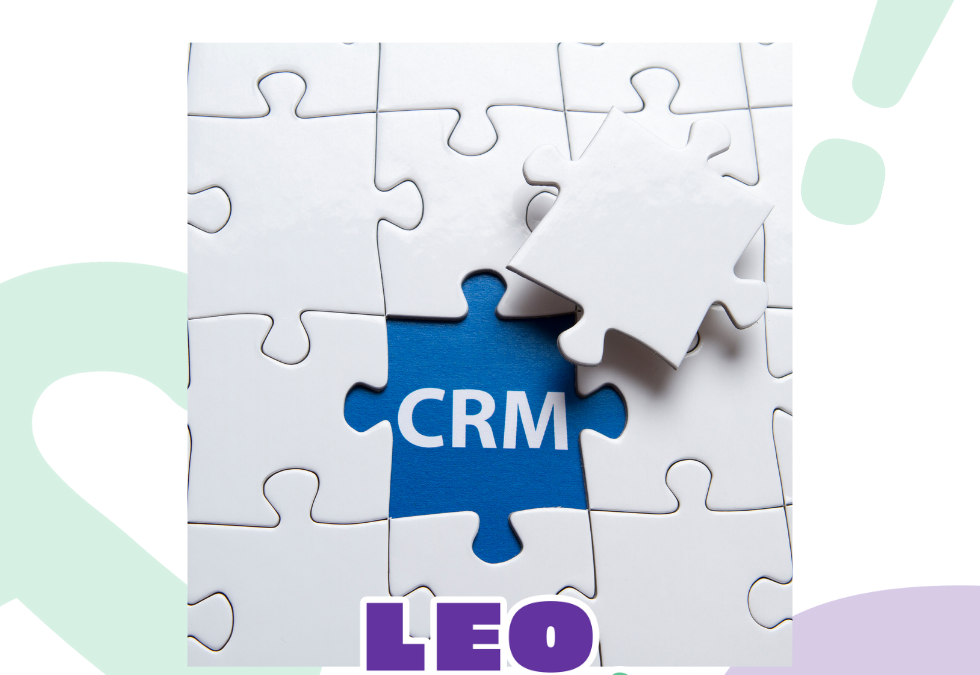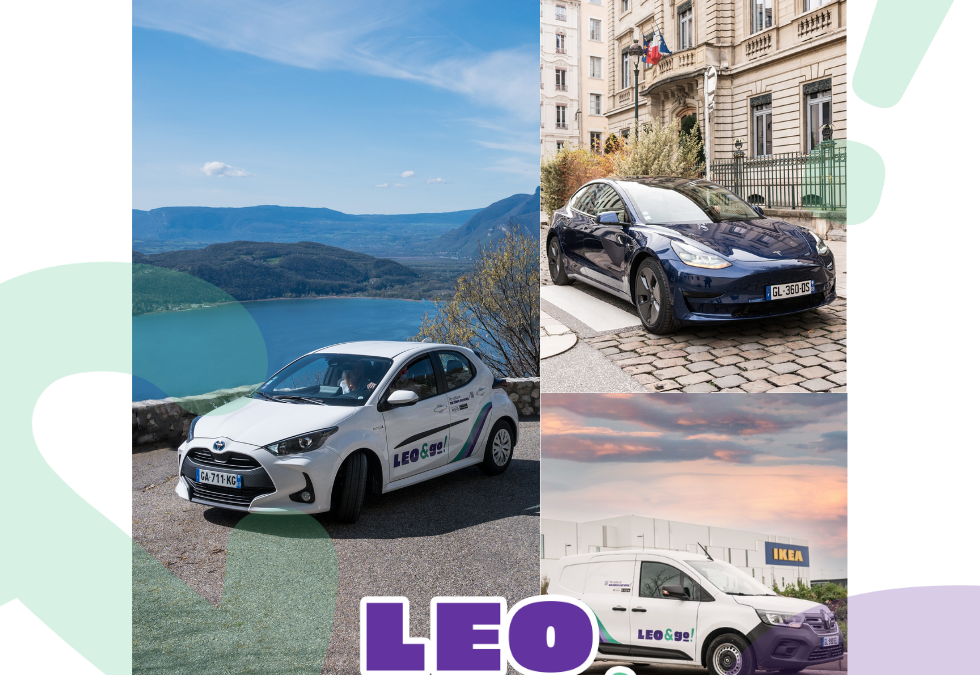Beyond logistics, how important is fun when it comes to travel? Research shows fun encourages the adoption of micromobility. Discover why!
VANCOUVER. 25 November, 2022. With nearly a decade of shared mobility experience under her belt, Karly Nygaard-Petersen shares her latest research and insights into how fun encourages the adoption of micromobility.
Can you tell us a little bit about yourself?
My name is Karly and I’m Senior Marketing Manager at Evo Car Share, one of the largest carsharing services in North America. In total, I’ve been in the shared mobility space for just over eight years. Currently, I’m working on a doctoral thesis in Business at Royal Roads University in Victoria, Canada that explores the relationship between fun and the adoption of micromobility.
Interesting! Before diving into your thesis, can you tell us how you became interested in micromobility?
Carsharing was definitely my entry point. I mentioned I’ve been in mobility for nearly a decade, but I’ve been in marketing for nearly two decades. My expertise as a professional is in the consumer behavior marketing realm and I just think people are so interesting. They can also be pretty weird and quirky, and I’m very interested in why people are the way they are. Why do they do what they do?
So marketing led me to carshare. And the demographic, the behavior in emerging mobility markets was very new and interesting. Why are people sharing? And why don’t people care about owning things anymore? What are people’s values nowadays? These questions led me deeper into the arena of shared mobility.
What was going on in the shared mobility market at that time?
Right around then, scooters started showing up in North America. Maybe about 5 years ago. While the carshare market was already very good, micromobility wasn’t a leading market in British Columbia. So at the time, we were doing some site visits and we headed to Portland which had just started a pilot. I saw all of the e-scooters and hopped onto one and it was amazing! I loved it.
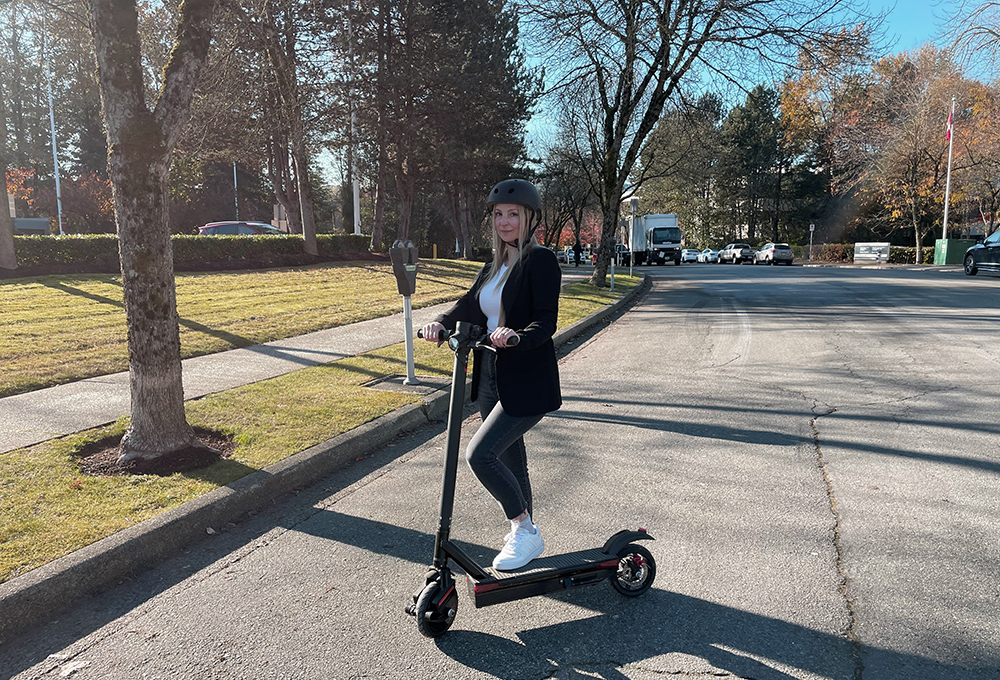
I started hearing the way people were speaking about their experiences after that. People talked about how they felt like a kid again or that it was so much fun. I was reading some blogs about micromobility, trying to get a handle on what’s the next big thing in shared mobility.
This one blog summed it up as, “less emissions, cheaper for people than owning a car, and really good for municipalities.” These are very legitimate reasons to get into micromobility, but the article also stipulated that “at the end of the day, people are going to adopt e-scooters because they’re fun, because it feels better”. And sure enough, I would find people constantly describing their e-scooter experiences as fun.
I was reading all of this and I was thinking, wow! This is not the way people talk about their commute like taking the metro to work or public transportation. I found myself thinking, this just feels very different. What is it about e-scooters that make people describe their experiences like this?
Which brings us to your doctoral thesis: understanding the link between fun and micromobility adoption.
That’s right! In 2020, I began investigating this. My study looks at the emotional component, the drivers, and particularly around fun. Sure enough, this idea of fun kept coming up.
From an academic standpoint, fun is not very well understood. It’s hard to define what fun is to people. We know that cost, convenience, and availability are absolutely utilitarian drivers. But what is this emotional or this intangible component? I really wanted to understand, does fun play a role in e-scooter use? And if so, what is the impact of fun on e-scooter adoption?
Tell us more about your research: “First and Last Smiles: Fun and the adoption of micromobility.”
My research focuses on fun as a driver of e-scooter adoption. It looks at five markets in the Pacific Northwest: Vermont, Kelowna, Richmond in British Columbia, and then Seattle, Washington and Portland, Oregon in the US. I have participants from across those five markets. It’s a qualitative study made up of several parts.
The first part was a transit diary. I used an online software. Every time somebody moved, it captured what mode they chose, how they were feeling, who they were with, the time – that kind of stuff. Plus people were uploading videos and photos of their trips. I started with this diary because I wanted to know how people were moving. If it was an e-scooter, great. But also when they chose not to use an e-scooter, so I have that full context.
The next part included in-depth interviews and a ride-along. I hopped on an e-scooter with a GoPro on my helmet and scooted alongside every one of my participants. Afterward, I sat down and had an interview with them and they described their experience.
Unanimously, nearly a hundred percent of the time, users said that their e-scooter experience involved fun.
Sometimes it was nostalgic, sometimes they were nervous, and sometimes they weren’t nervous. The interviews gave me a good sense of what people thought “fun” was in relation to e-scooters and how they were actually using scooters.
How did e-scooter riders define the notion of fun?
There was this sense of freedom and the cliché of the wind in my hair. Freedom in several respects, such as the lack of personal responsibility and burden that come with a private vehicle. You don’t have to worry about a shared vehicle getting stolen. You just park it, leave it, and then pick it up again whenever you want. Hop on and hop off, that’s it.
There’s also freedom in the sense that people were going places they either wouldn’t go on foot because they were further out. Or they were taking routes that they wouldn’t typically take in a car. Taking routes less traveled, if you will. There is this general sense of freedom, combined with this sense of a (re)discovery of their city. They even described “discovery” as an important component of the fun they felt.
Interestingly, when I was observing riders with my GoPro as we were scooting, people were supposed to be in the bike lanes. That’s how municipalities in these markets have set it up. Yet they were going back and forth between being a pedestrian or in the pedestrian space, on the road, and in bike lines. Certainly, there are safety concerns. But a little bit of the fun factor is this idea of transgression or of “being bad” with a hint of danger.
Riders also described fun as coming from the fact that riding an e-scooter is very social. They’re within closer proximity of one another contributing to this sentiment of socialness. Interestingly enough, nearly 100% of the time, people’s first experiences were a “social experience”. Either with one person or a group.
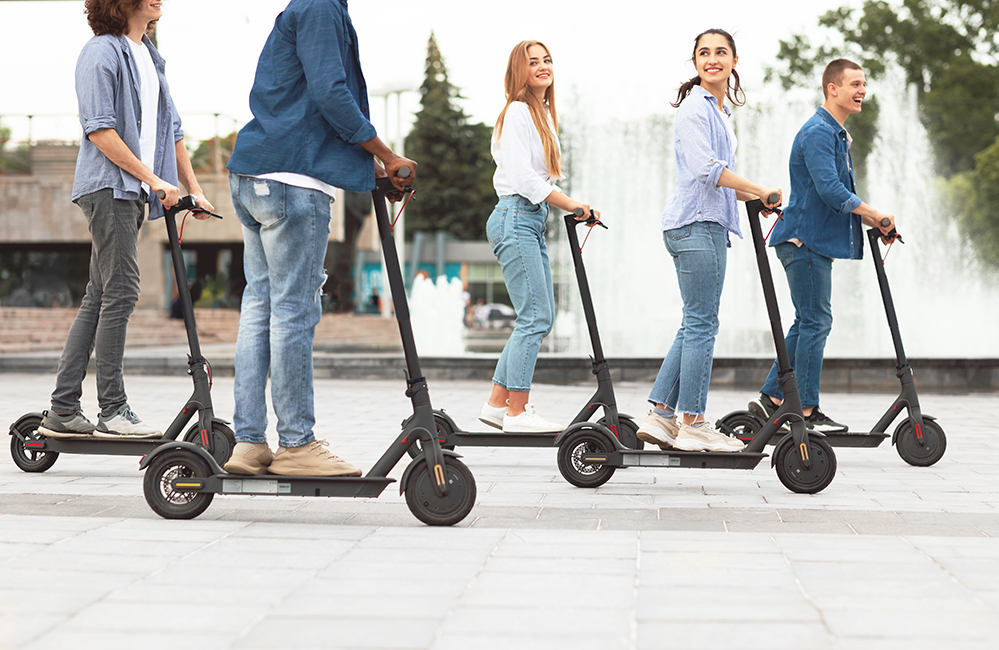
What have been the public’s reactions to your findings?
I recently presented my research at a conference for the North American Bikeshare & Scootershare Association. Participants were mostly operators and municipalities. It was very heavily represented by cities that believe in climate change.
I got a lot of questions about trials from municipalities. Fun is maybe an entry point, but how do you move from pilot to permanent? How do we ingrain micro-mobility into transit systems? Essentially people are going to try micromobility, but what’s going to keep people coming back?
Long-term, there may be more to it than fun. Why? The emotional aspects can’t live in a silo or in a vacuum. There are elements of safety that could be fear but also just the infrastructure, the cost, convenience, etc.
Operators were very much interested in questions such as, what are the use cases? What are people thinking? How do I get them to ride more and what is the entry point so I can get more people riding?
Several themes began to emerge from both audiences. From an operator’s perspective, the importance of positioning scooters for micromobility adoption and understanding some of the emotional drivers. From the municipalities perspective, it’s about understanding the nuances of how people are actually using the scooters.
What is one key takeaway from your research that you want people to understand?
I think fun is often overlooked, even from the marketer’s standpoint. I want people to keep fun at the forefront of their minds. To remember that the emotional factors do play a large part in how people make decisions. If it’s not something your brand is currently investing in, then you may want to look into it.
And then understanding of what fun is and what fun means to people, especially in the context of micromobility. It’s that sensory feeling. Freedom. It’s this level of discovery. Spontaneity. You can’t say, “Okay, we’re going to go out and have fun now.” Right? Fun just happens. And in addition to being a practical, convenient, and affordable means of transportation, micromobility is just that: a catalyst for fun.
To learn more about Karly’s research, you can download some of her findings here.

